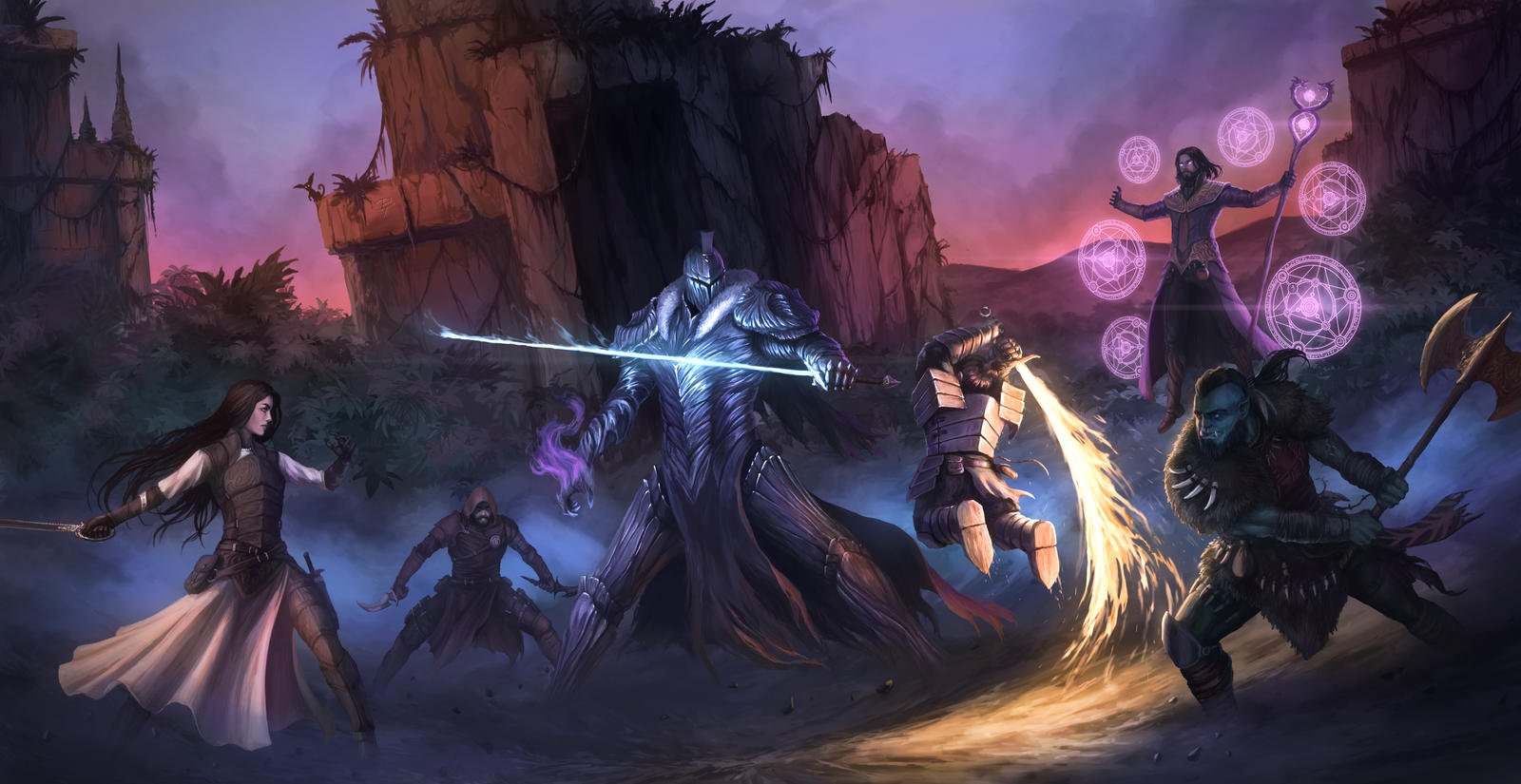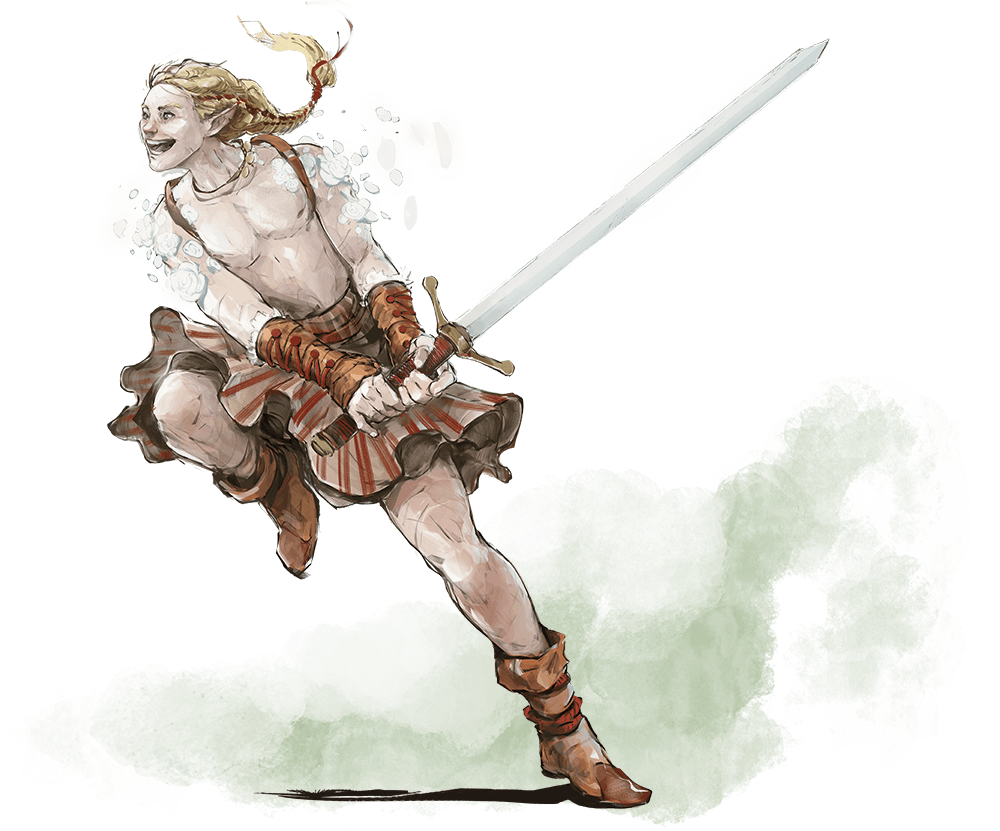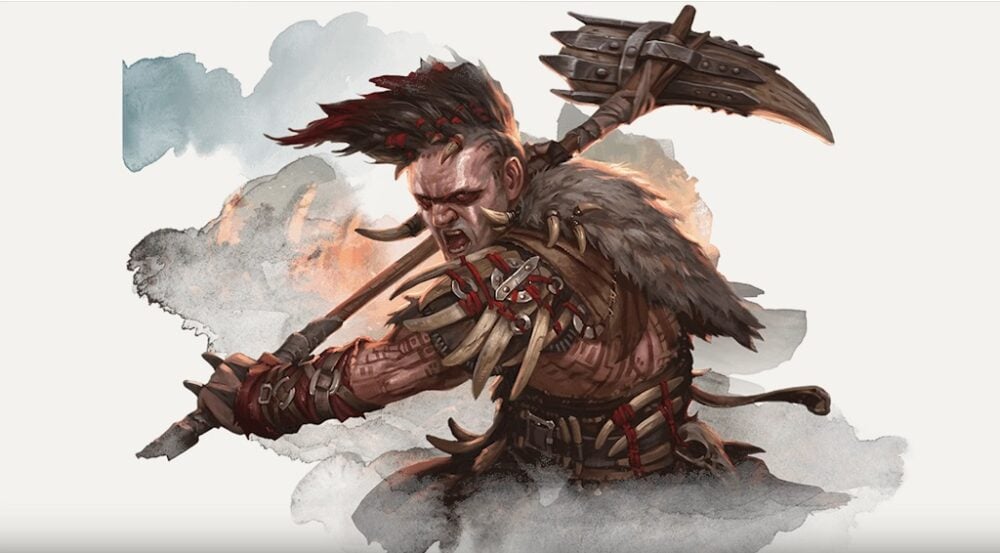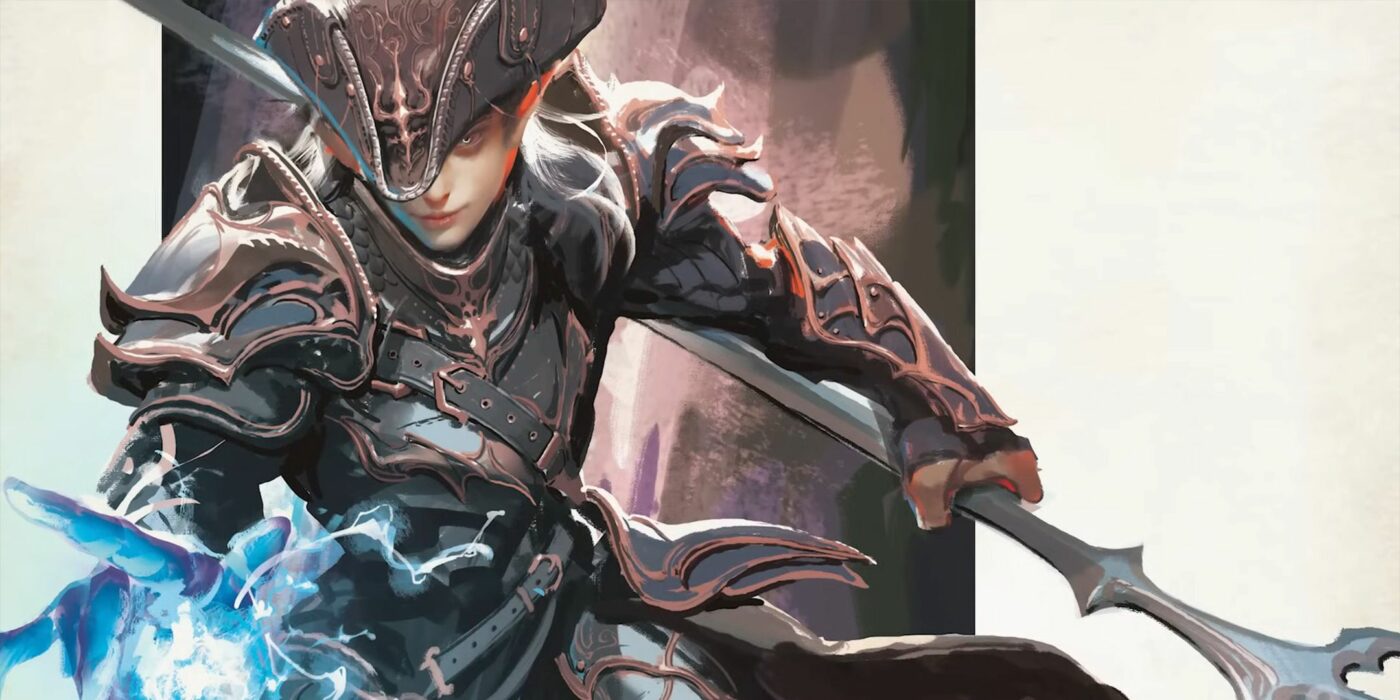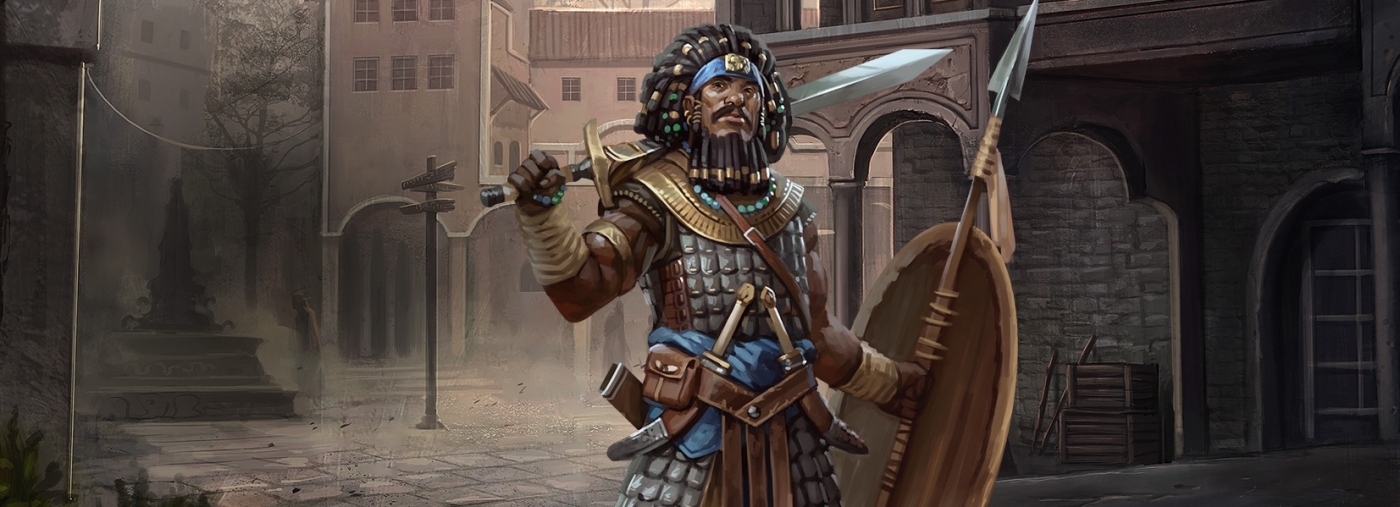D&D 5.5E: The Five Best Weapon Masteries for Decimating Combat Encounters
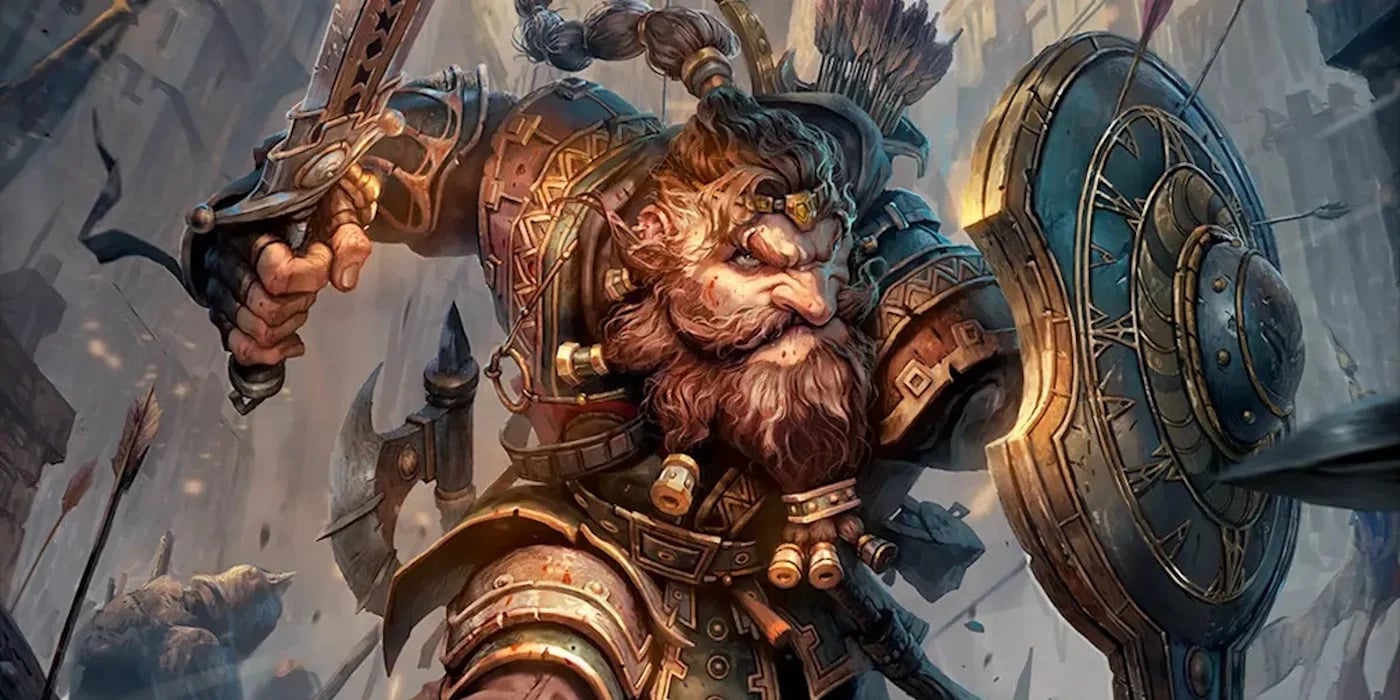
D&D 5.5E’s new weapon mastery feature gives martial classes way more versatility in combat encounters. Yet some are just significantly better than the rest.
D&D 5.5E’s release allowed WotC to breathe new life into every class currently conceived (except Artificer because screw the people, I guess). The addition of the weapon mastery feature is a perfect example of this.
WotC introduced the weapon mastery feature to encourage players to think more carefully about their chosen weapons, as each weapon offers a unique ability that sets them apart. This feature makes weapon choice more impactful by closely linking weapon mastery with their other class features.
Because of the unique synergy martial classes and weapon masteries possess, some are naturally bound to be better than others. After all, martial classes were already pretty strong before 5.5E’s release. Giving a Fighter or a Barbarian weapon mastery is essentially the same as providing a tank armor-piercing rounds.
The tank will annihilate most things in its way, but now it can do it even easier!
How Vexing!
Out of every weapon mastery available, vex has to be one of the strongest, bar none. Honestly, not picking it as a Fighter or Rogue can sometimes leave you at a massive disadvantage.
When you make a weapon attack against a target and deal damage, the next attack you make against that same target will be at advantage. If you keep hitting your attacks against a single target, you can get essentially get permanent advantage rolls against them.
Naturally, this benefit is also insanely powerful for rogues since the effect doesn’t disappear until the end of their next turn. This means that if a rogue lands one normal attack on their own, they get a free advantage on their next turn. And then the turn after that. And the turn after that. And the turn after that. Okay, I think you get what I’m saying.
Unfortunately, the only martial class this property doesn’t benefit is the Barbarian because of their Reckless Attack feature. Which, honestly, would benefit more from some of the other weapon masteries on this list.
But, if you want to play a high-damage martial character, I highly recommend using weapons with vex like the handaxe, short bow, rapier, or shortsword.
Knocking Enemies Over Like Bowling Pins
Speaking of weapon masteries that work well on Barbarian, topple works incredibly well for their “in your face” combat style.
Knocking enemies prone was hard to achieve for martial classes in 5E. Simply put, they didn’t have the system mechanics to perform what school bullies do to get their lunch money. However, with 5.5E’s topple, any character can flatten their enemies into a pancake.
When your character hits someone with their weapon, you force that enemy to make a Constitution saving throw. If they fail, they fall prone. Not to mention, one of Topple’s best parts is that you can use it on multiple enemies each turn.
Topple is the best option if your party has a lot of melee combatants and they need an easy opening to wail on an opponent.
You Get an Attack! And You Get an Attack! And You Get an Attack!
Once a watered-down feature of the Great Weapon Master feat (or used as a house rule,) cleave lets characters live out their God of War/Devil May Cry fantasies of hitting multiple targets simultaneously with one big swing.
When a character makes a melee weapon attack, the cleave ability allows them to target another creature within 5 feet of the first target. The character can then make an additional attack against the second creature.
It’s literally a free extra attack.
Cleave has only two notable downsides: you can use it only once per turn, and the additional attack doesn’t add your modifier to the damage, only using the weapon’s die for the calculation.
All-in-all, it is a simple and powerful mastery that works wonders with weapons that inflict status effects. Sadly, cleave is only available on the greataxe and the halberd. This is honestly confusing, considering how every other mastery has far more weapon variety by comparison.
As Simple as Sap
Acting as the inverse of vex, the sap mastery property forces creatures to make attacks at a disadvantage after you hit them with a weapon attack.
To compare the two, vex is solely beneficial for your character, buffing your offense but not your defense. Meanwhile, in contrast, sap works as a supportive mastery that benefits everyone in the party by inflicting a free disadvantage on the target’s next attack.
Note that this disadvantage applies to any attack regardless of its target. So, if that cyclops is going to crush your rogue, using a weapon with sap might just save their life!
Odysseus should’ve used a spear in his fight against Polyphemus. He probably would’ve saved many more of his men’s lives if he did.
Graze. I Ran Out of Puns.
Now, let’s say, hypothetically, the enemy has a high AC. Or perhaps you have a very low “to hit” modifier and can only hit the broadside of a barn.
If you don’t want to feel useless in such cases, I highly recommend using weapons with the graze mastery.
When missing an attack with a graze weapon, you can still deal damage equal to your weapon’s ability modifier. On the surface, this effect doesn’t seem too broken. It’s just a small amount of free chip damage that weakens a target over time. And it’s only available on the greatsword and glaive. How overpowered could this be?
What makes graze amazing is that you can use it unlimited times during your turn. This means a level 11 fighter with three extra attacks and an action surge can still deal 15-30 damage a turn (as long as they have a 20 in strength/dexterity), even if they miss all their attacks.
However, if a level 11 fighter misses six attacks in a row, it might be time to toss the sheet out and start over.

